Spice Up Your Life: A Fun & Flavorful Guide to the Names of Herbs and Spices
Table of Contents
Introduction
Whether you're a seasoned chef or just starting your culinary journey, understanding the names of herbs and spices is like unlocking a secret ingredient in your cooking. These tiny powerhouses can transform a simple dish into something unforgettable. But with so many options out there, it's easy to get lost in the maze of flavors.
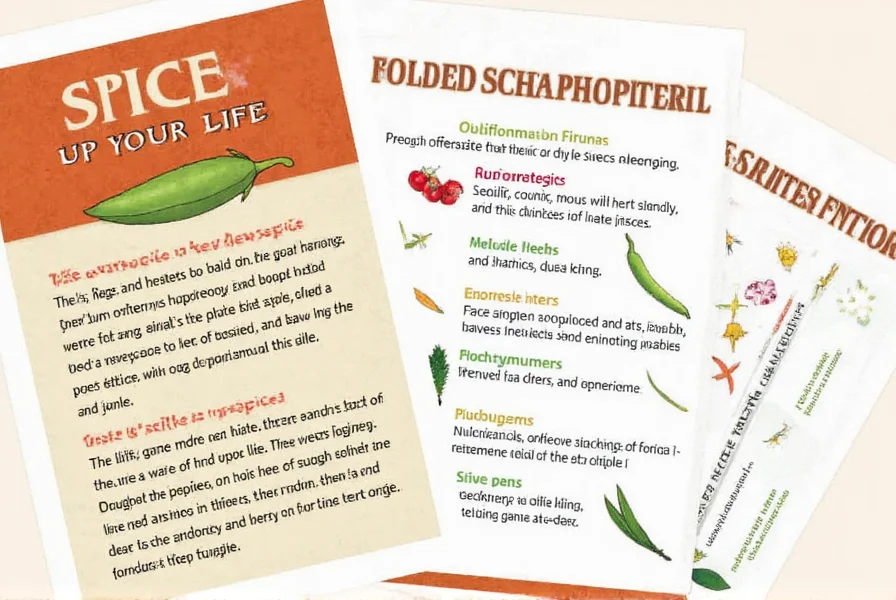
This article is here to help. We'll break down the basics, explain the differences between herbs and spices, give you a list of must-have ingredients, and even offer some practical tips to elevate your cooking game. Let’s dive in!
Herbs vs. Spices: What's the Difference?
Before we get too deep into the names of herbs and spices, it’s important to understand what sets them apart. While they’re often used interchangeably, herbs and spices come from different parts of plants:
- Herbs: Usually come from the leaves of a plant. They are typically used fresh or dried and have a milder flavor.
- Spices: Come from other parts of the plant, like seeds, bark, roots, or flowers. They tend to be more pungent and intense in flavor.
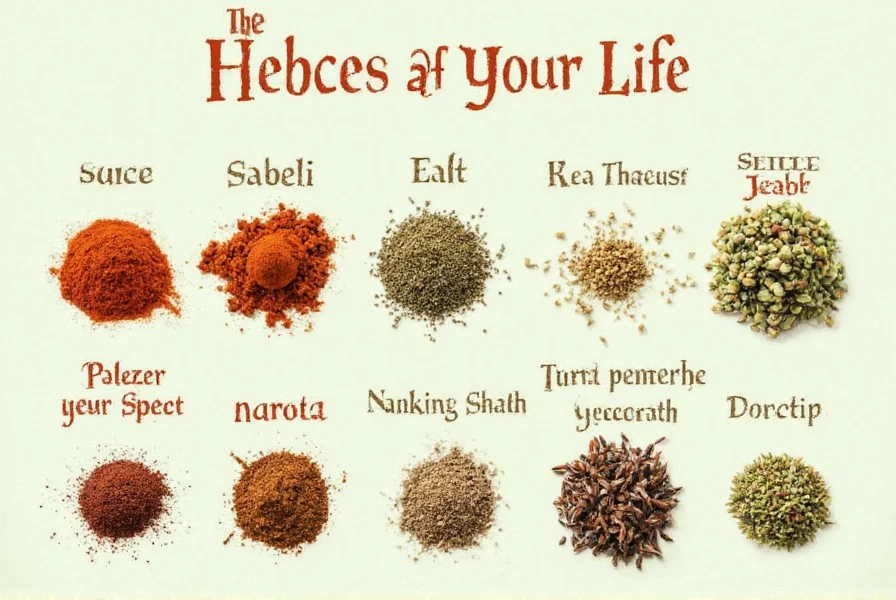
Think of it like this: if you want a gentle, aromatic touch, go for an herb. If you're looking for bold, complex flavor, reach for a spice.
Common Herbs You Should Know
Let’s start with some of the most popular herbs that every kitchen should have. These names of herbs and spices will add depth and character to your dishes.
| Herb | Description | Flavor Profile |
|---|---|---|
| Basil | Aromatic, sweet, and slightly peppery. Often used in Italian cuisine. | Sweet, peppery, and fresh |
| Oregano | Earthy and slightly bitter. Great for Mediterranean and Mexican dishes. | Earthy, slightly bitter, and robust |
| Parsley | Mild and fresh. Used as a garnish or in sauces. | Mild, grassy, and slightly bitter |
| Thyme | Earthy, lemony, and slightly floral. Perfect for soups and stews. | Earthy, lemony, and floral |
| Cilantro | Sharp, citrusy, and slightly soapy. Popular in Mexican and Asian cuisines. | Citrusy, sharp, and slightly soapy |
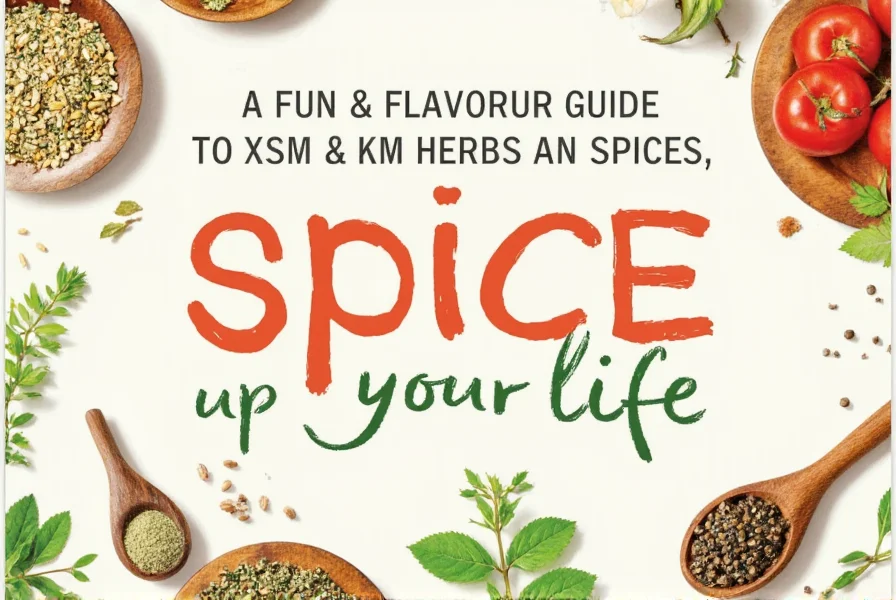
These herbs are not only flavorful but also great for adding color and freshness to your meals. Try using them in salads, sauces, or even cocktails for a unique twist.
Common Spices You Should Know
Now let's move on to the big hitters—spices. These names of herbs and spices pack a punch and can completely change the flavor profile of your food.
| Spice | Description | Flavor Profile |
|---|---|---|
| Cumin | Warm, earthy, and slightly nutty. A staple in Indian and Middle Eastern dishes. | Earthy, nutty, and warm |
| Cinnamon | Sweet, woody, and slightly spicy. Used in both sweet and savory dishes. | Sweet, woody, and slightly spicy |
| Ginger | Peppery, zesty, and slightly sweet. Adds warmth and depth to any dish. | Peppery, zesty, and slightly sweet |
| Garlic Powder | Concentrated garlic flavor. Easy to use and perfect for seasoning. | Strong, pungent, and savory |
| Coriander | Light, citrusy, and slightly sweet. Often used in curries and breads. | Citrusy, light, and slightly sweet |
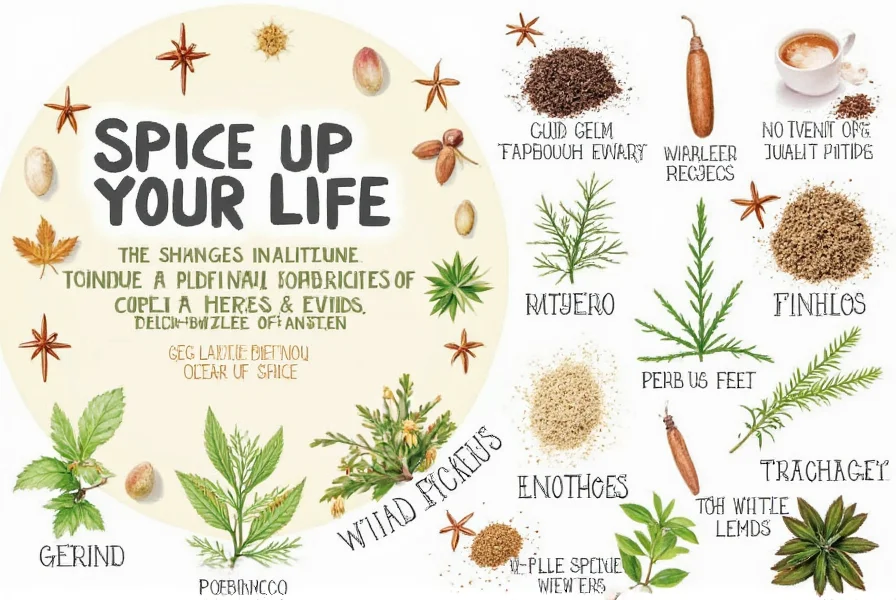
Spices are incredibly versatile. Use them to season meats, bake pastries, or even make homemade spice blends. The right spice can turn a simple meal into a culinary masterpiece.
Buying Guide: How to Choose the Right Herbs and Spices
With so many options available, choosing the right herbs and spices can be overwhelming. Here’s a quick guide to help you make informed decisions.
Key Features to Look For
- Freshness: Fresh herbs and spices have a stronger aroma and better flavor. Look for packaging with clear expiration dates.
- Origin: Some spices are better than others depending on where they're grown. For example, cumin from India is highly prized.
- Form: Decide whether you want whole, ground, or essential oil forms. Whole spices last longer, while ground spices are easier to use.
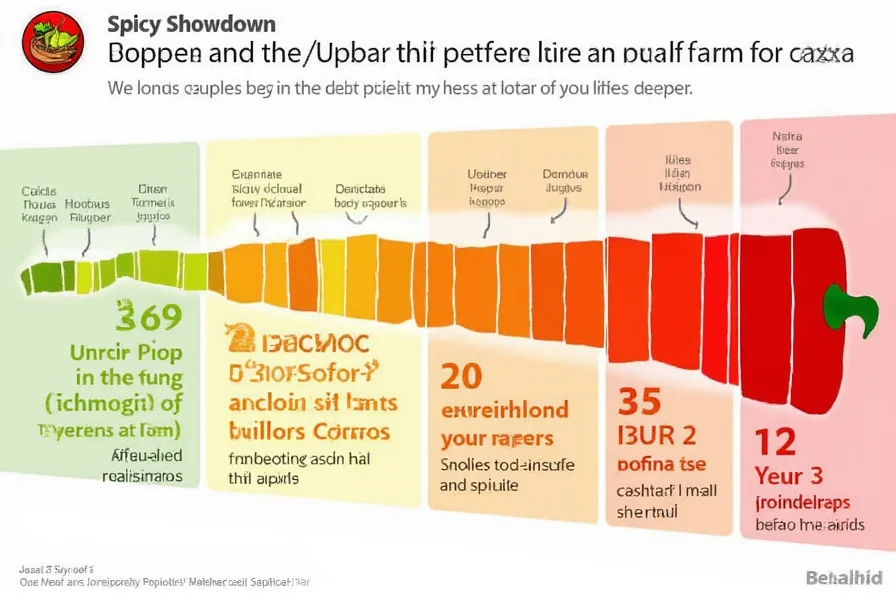
Recommended Products
- McCormick Ground Cumin – Affordable, widely available, and great for everyday use.
- Penzeys Cinnamon Sticks – High-quality, long-lasting, and ideal for baking or simmering.
- Dry Herb Blend (Basil, Oregano, Thyme) – A convenient mix for Italian dishes and pasta sauces.
- Whole Star Anise – Perfect for soups, stews, and braised dishes.
- Garlic Powder from Simply Balanced – A clean, pure option for seasoning without artificial additives.
When selecting products, consider the intended use and your personal taste preferences. Whether you're a home cook or a professional chef, having the right tools in your spice rack makes all the difference.
Practical Tips for Using Herbs and Spices
Even the best herbs and spices won’t do much if you don’t know how to use them properly. Here are some handy tips to get the most out of your names of herbs and spices.
Tip 1: Start Small
Spices can easily overpower a dish. Begin with a small amount and adjust to taste. It's easier to add more than to remove excess.
Tip 2: Pair Them Thoughtfully
Some combinations work wonders together. For example, cumin and coriander are often used in Indian recipes, while rosemary and thyme pair well in roasted meats.
Tip 3: Store Them Correctly
Keep herbs and spices in airtight containers away from heat and light. This helps preserve their potency and flavor over time.
Tip 4: Experiment with Blends
Create your own spice mixes! Try making a garam masala blend or a za'atar mix. It’s a fun way to personalize your cooking and explore new flavors.
Tip 5: Use Fresh Herbs for Garnish
Don’t forget the finishing touches! Sprinkle fresh herbs on top of dishes before serving to add color and a burst of flavor.
Conclusion
Understanding the names of herbs and spices is a crucial step in becoming a more confident and creative cook. From the delicate notes of basil to the bold kick of cumin, each ingredient has its own story and purpose in the kitchen.

Whether you're looking to enhance your favorite recipes or simply expand your culinary horizons, the world of herbs and spices offers endless possibilities. With the right knowledge and a little bit of experimentation, you’ll be able to create dishes that are not only delicious but also rich in flavor and tradition.
So next time you open your spice rack, remember: you're not just reaching for a bottle—you're reaching for a world of flavor waiting to be discovered.

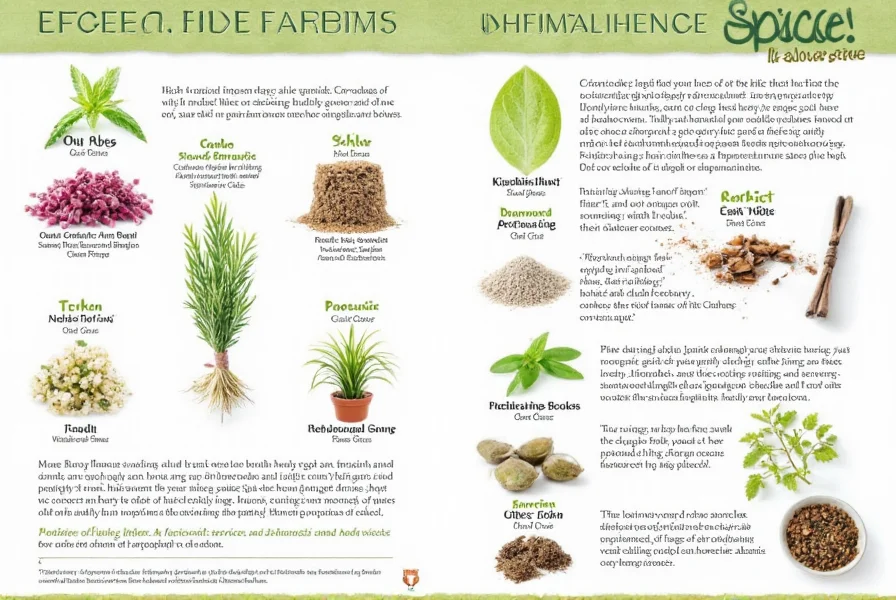









 浙公网安备
33010002000092号
浙公网安备
33010002000092号 浙B2-20120091-4
浙B2-20120091-4